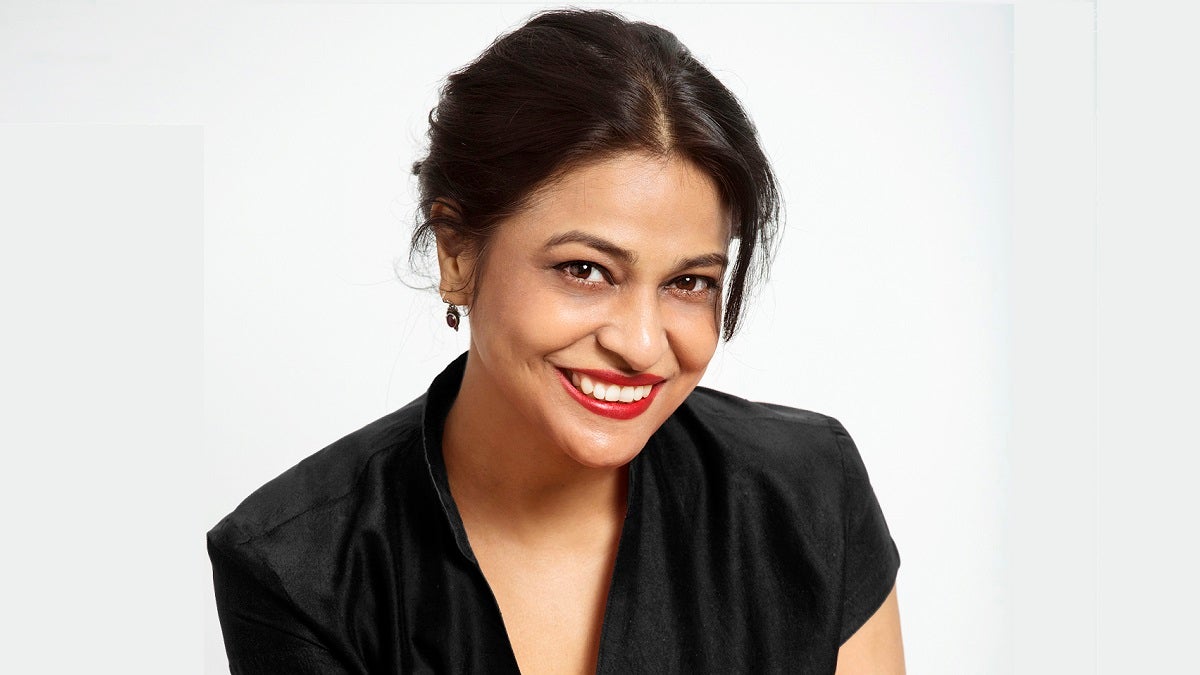
When it hired Asmita Dubey as its chief marketing officer for China in 2013, L’Oréal was best known for its grand in-store promotional displays. The entire retail sector has moved irrevocably towards ecommerce since then, but the cosmetics brand has adapted better than most of its rivals to this trend.
It was several years before the Covid crisis accelerated the shift to online shopping when the company recognised the crucial role that the internet, particularly social media, would play in its future.
We’ve always believed that beauty and digital are the perfect match
“In 2012, our then CEO declared the age of digital. In 2014, the group hired its first chief digital officer [Lubomira Rochet]. When the pandemic hit, we were ready.” says Dubey, who succeeded Rochet this April, having served as the consumer products division’s chief digital officer for more than four years. “Within 48 hours, we were able to pivot our brand websites everywhere.”
Preparation is key
Seven years ago, ecommerce accounted for less than 5% of L’Oréal’s total sales revenue. Today, the channel’s share is 27%. But the business isn’t resting on its laurels, merely thankful that it’s weathering the pandemic in better shape than most. Its goal is to bring that figure up to 50%.
“We’ve mobilised the whole company towards it. We’ve always believed that beauty and digital are the perfect match,” Dubey says. “There are 50,000 marketeers here who are trained and digitalised.”
One of the keys to L’Oréal’s success has been its willingness to try innovative ways of engaging with customers online, she notes. One bet that the company made years ago was an investment in augmented reality. Today, this tech enables customers to try on lipsticks virtually using the website. The company’s social media adverts contain links to its try-on page, enabling the recipients to see whether the products being modelled in the photos would suit them.
“They can see exactly how these lipsticks would look on them,” Dubey says. “That is the augmented-reality experience in advertising.”
Ecommerce becomes social commerce
Another innovative approach that has attracted L’Oréal’s interest is social commerce. This is about moving the point of purchase away from a brand’s website and closer to where the customers tend to spend more of their time: on social media. It all hints at a future where Instagram, YouTube, Facebook and other popular platforms become retail forums as much as social ones.
The other key element of social commerce involves tapping into the power of influencer marketing. In this respect, L’Oréal has learnt from China’s thriving livestream ecommerce sector, whose methods typically involve paying a celebrity who has an army of followers on social media to demonstrate a product in a live video feed. Viewers can submit questions for the presenter to answer during the demo and they can buy it with a couple of taps on their smartphone screens.
In Italy, L’Oréal’s Lancôme brand has an ambassador in Chiara Ferragni, a fashion blogger with 23.5 million Instagram followers. She hosted a beauty show on the Livescale online shopping platform in November 2020 that attracted 46,000 viewers, for instance.
“Thousands of people can go there to buy the products – and the whole proposition she’s talking about,” Dubey says. “The motivation is that social aspect and the consumer’s need for a more authentic relationship with the brand.”
Authenticity is vital
Hairdressers have been serving as brand advocates for L’Oréal since well before the ecommerce era. Recognising their value in generating customer engagement and sales, the German arm of the business provided dozens of salons with an online platform after the country’s lockdown restrictions forced them to close their doors.
This enabled them to curate engaging social content and keep in touch with their clientele, Dubey says. “From there, they could still sell to people very, very well.”
Underpinning such digital initiatives is a core strength in customer analytics. Knowing what the buyers want is the first step to success in retail, and L’Oréal has recognised the importance of having timely information about their ever-changing preferences.
L’Oréal once used to monitor its online metrics once every month, but it soon learnt that this frequency would not be adequate in a fast-changing etail world.
The company’s digital managers began looking at website, app and social media analytics far more often to help them better forecast product demand fluctuations and other key trends.
“We had to do all that real-time analytics on a daily basis, seeing in a few hours what’s happening today versus tomorrow,” Dubey says.
Accurate forecasting has become particularly difficult since the pandemic threw the world into crisis mode. Now that we’re edging gingerly back towards some semblance of normality, Dubey is confident of one outcome: that ecommerce’s percentage contribution to L’Oréal’s turnover will continue to rise. But, in her effort to prepare the company for the next chapter of the digital age, she believes that its online and offline activities need to work together in closer harmony.
“There’s proximity, there’s loyalty and there’s commerce,” she says. “And all of those factors are connecting – offline and online.”

When it hired Asmita Dubey as its chief marketing officer for China in 2013, L’Oréal was best known for its grand in-store promotional displays. The entire retail sector has moved irrevocably towards ecommerce since then, but the cosmetics brand has adapted better than most of its rivals to this trend.
It was several years before the Covid crisis accelerated the shift to online shopping when the company recognised the crucial role that the internet, particularly social media, would play in its future.
We’ve always believed that beauty and digital are the perfect match
